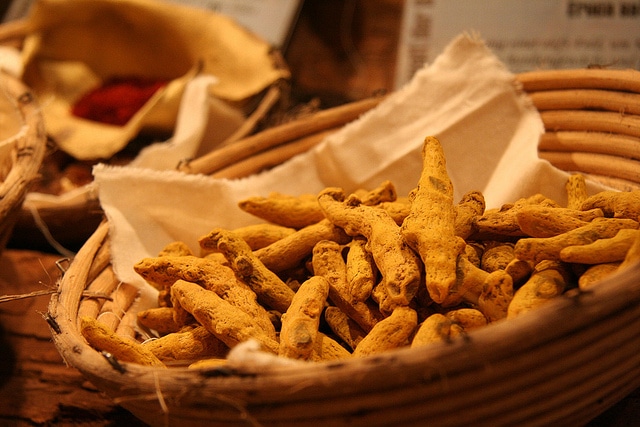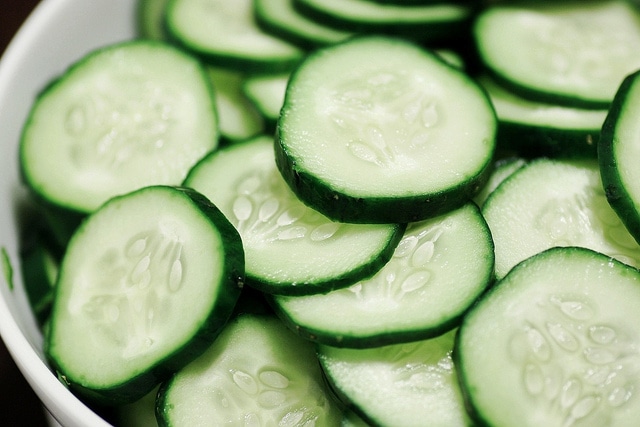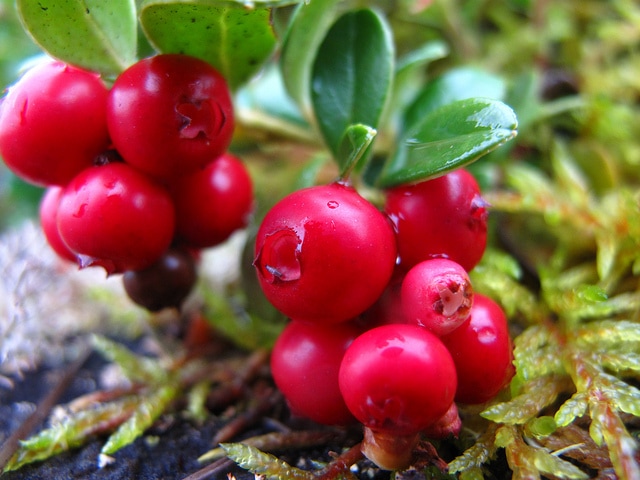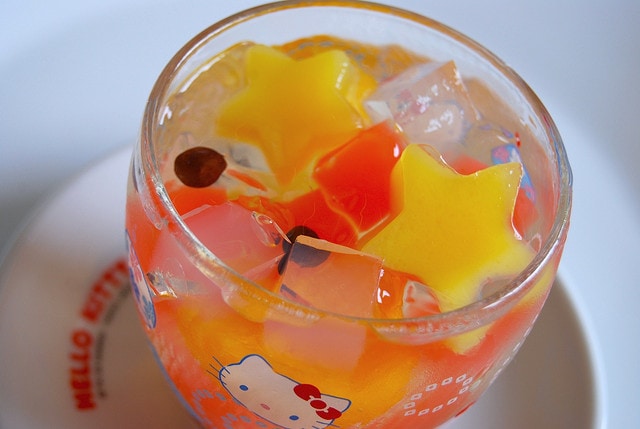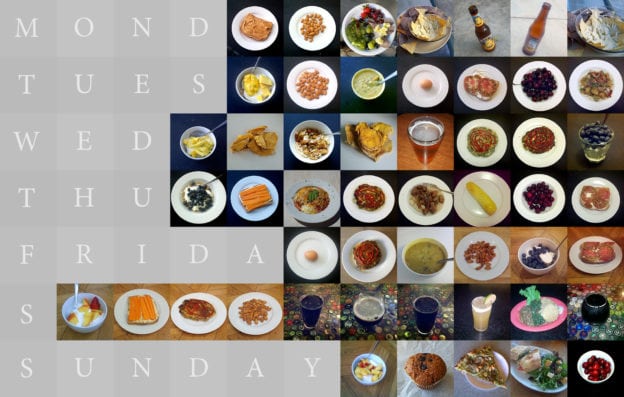Dears, we have news!
We started to “bake” a series of daily menus for children, but also for your parents. Being the first approach to the subject, feedback is welcome.
First of all, I want to share some basic ideas to help you prepare the little ones, personal experience tips, and finally, a concrete example of a vegetarian menu with a list of ingredients.
Some basic ideas about the number of children’s daily menus
1. As the kids grow up, their daily menu is getting closer to that of adults. The number of meals should be 3 – breakfast, lunch and dinner.
2. If you enjoy a gaunt and energetic child, 2 snacks can be served to replenish the batteries. They are not mandatory, and if they do not exist, especially because they eat very well at the main meals, the better.
3. As a rule, the time interval between 2 meals should be at least 1h 30min – 2h so that the food has time to digest.
4. Between meals and snacks, give them only water and unsweetened or slightly sweetened teas with honey (if age allows).
Impressions from my personal experience
I have a boy who always prefers to play food and if there is no food, he would be glad. Thus, the distance between his main tables is quite large, at lunchtime he only eats 2 kinds in exceptional cases, and the snacks serve him only if he requests them.
At breakfast, she usually offers a meal of cereals (usually oats, millet or quinoa), nuts, seeds, fruits and vegetable or goat milk.
For lunch, a soup or a soup. Instead of a 2 – a combination of legumes and vegetables. I wish, but it still stays at my wish, that at noon I prepare for the little one and the salad of cruelty. So far we parents only serve it.
At dinner, a little easier, a combination of cereals with fruits, nuts and milk.
Daily menu
1. BREAKFAST: oatmeal enriched with grated seeds and a glass of vegetable milk.
The seeds can be sunflower, sesame, pumpkin, chia or hemp, in the combination that you like the most and taking care to alternate them within a few days.Milk can be nuts, almonds, sesame, millet or soy.
The items worth mentioning in the small breakfast are iron, calcium, carbohydrates and fibers. I assure you that the little one who serves this breakfast will be charged with all the energy it needs for the first half of the day.
2. FIRST SNACK: An apple and a few biscuits will enjoy the little one, especially if the biscuits are cut into shapes that tell a story: a bear, a penguin, a cat, a star, or just a circle – the summer sun which seems to have come already
3. LUNCH: a garlic potato cream soup and a meal with lentils, spinach and rice.The soup is flavored, easy to prepare and eaten and has the wonder ingredient – garlic so valuable for immunity and not only.
Lunch with spinach and rice (it makes you lick your fingers in advance) is a great choice for lunch because it’s a rich source of protein and fiber.Vegetables are best consumed in combination with cereals, which is why rice enhances their qualities. Rice can be brown or basmati. The brown has fiber, so it helps digestion, and it is not processed in any way, being preferred, especially for children.
4. THE SECOND SNACK: a tasty salad of beetroot.
5. DINNER: millet with banana, 2 walnuts and a glass of vegetable milk.
Vegetable milk can be the same as in the morning or another, depending on how hard you have been in the kitchen.Light and mild, dinner will end the culinary delights of the day.
Here’s the summary and list of recipes you can print. So you will be fully prepared for tomorrow’s menu.
Breakfast: Oatmeal + grated seeds + nuts + 1 glass of vegetable milk
Snack: 1 apple + seed biscuits
Lunch: Garlic potato soup cream + Espresso spinach
Snack: Ripe beet salad
Dinner: Mei with banana + 2 ground nuts + 1 glass of vegetable milk
Here is the list of ingredients, only good to print and take it to the market:
1 Lg = one spoon; 1 l = one teaspoon
– 1.5 cups of oatmeal
– a cup of whole wheat flour
– 2 lg millet
– a basmati or brown rice cup
– 1 lg of raisins (or cranberry)
– 2 dates
– 4 nuts
– 1 lg of coconut flakes
– 100 g nuts (Romanian or almonds), soaked overnight, for vegetable milk / 2 tablespoons of millet
– 4 Lg of cumin seeds
– 1 Lg of flax seed
– 3 Lg of sunflower seeds
– mix of grated seeds according to preference (linseed, sesame, sunflower, pumpkin, chia or hemp)
– about 2 tablespoons
– 6 potatoes
– 2-3 carrots
– 1 parsley root
– 1 parrot root
– 1 small celery
– a suitable red beet
– 150g of red lentils
– 10-15 cubes of frozen spinach or a handful of fresh spinach
– 5 fresh tomatoes (preferably) or canned or 3 quarters of a cup of tomato juice
– 2 lbs curry
– 1 turmeric
– 2 cm of scrambled ginger
– 1 big onion or 2 smaller, cut cubes
– 2 garlic caps
– lemon juice
– salt
– 1/2 liter of sodium bicarbonate
– 50 ml olive oil
– 1/2 avocado well baked
– a few slices of tofu cheese (or feta cheese)
Photo by: http://flic.kr/p/a2JVfV

